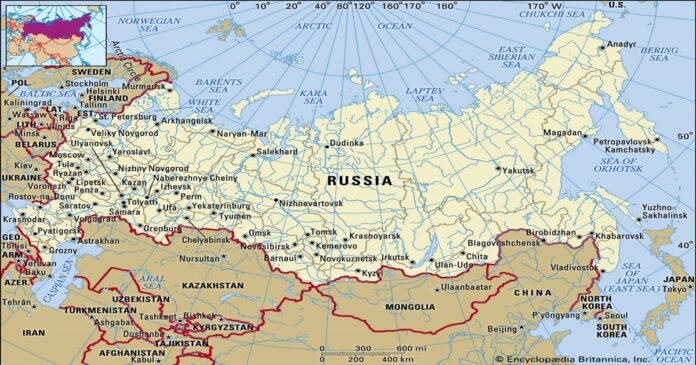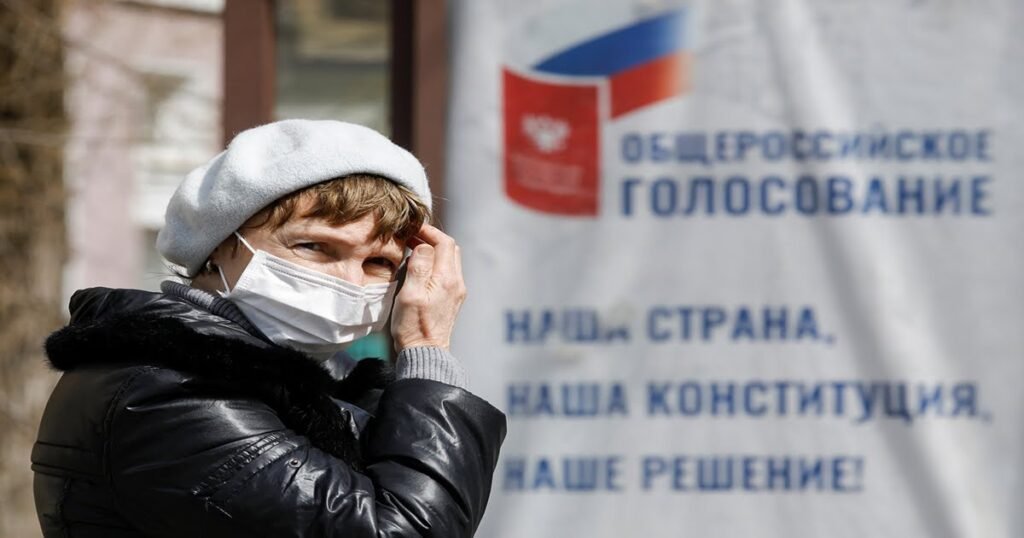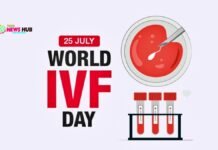
Moscow (FP): When Leonid Shlykov’s father, Sergei, died in a Moscow hospital last month after 11 days on a ventilator, the death certificate listed the corona-virus as an underlying condition but not the actual cause of death.
Yes, he was suffering from impaired kidney function and diabetes, but if it hadn’t been for COVID-19, he would’ve been alive, the son wrote on Facebook. If we had known the real number of infections and deaths it would have helped us make the decision to hospitalize (dad) earlier.

The way Russia counts fatalities during the coronavirus pandemic could be one reason why its official death toll of 6,829 is far below many other countries, even as it has reported 520,000 infections, behind only the United States and Brazil.
The paradox also has led to allegations by critics and Western media that Russian authorities might have falsified the numbers for political purposes to play down the scale of the outbreak. Even a top World Health Organization official said the low number of deaths in Russia certainly is unusual. Russian authorities have bristled at the suggestions.
We have never manipulated the official statistics, said Deputy Prime Minister Tatyana Golikova.
Finding the true numbers during the pandemic is difficult, since countries count cases and deaths in different ways and testing for the virus is uneven.
Still, several factors could contribute to Russia’s low virus mortality rate, including the way it counts deaths, a tendency among some officials to embellish statistics, its vast geography and the shorter life expectancy of its population.
An autopsy is mandatory in Russia in every confirmed or suspected case of COVID-19, with a determination on the cause of death made by a commission of specialists, said Dr. Natalia Belitchenko, a pathologist in the medical examiner’s office in the region around St. Petersburg.
She deals with coronavirus deaths almost daily, but said only about 20% of them have been attributed to COVID-19. In other cases, the virus was determined to be an underlying condition.
In the vast majority of cases, the pneumonia itself wouldn’t have led to death, had the underlying conditions not flared up to a point of becoming fatal, she told The Associated Press.
Unlike Russia, some countries’ official death count includes those who had COVID-19 but died from other causes, said Dr. Michael Ryan, executive director of the WHO Health Emergencies Program.
It will be important that the Russian authorities review the way in which death certification is done to reassure themselves that they are accurately certifying deaths in the appropriate way, he said.
Death counts vary around the world because countries underreported the number of COVID-19 deaths early on, said Ali Mokdad, professor at the Institute for Health Metrics and Evaluation at the University of Washington. They ascribed virus deaths to other causes due to insufficient testing or initially only counted deaths in hospitals, he added.
Some countries also are overcounting by including presumptive deaths those who likely died of COVID-19 but were never tested for it, Mokdad said.
What sets Russia apart, however, is a habit of obscuring embarrassing truths, said Judy Twigg, a professor at Virginia Commonwealth University and senior associate at the Center for Strategic and International Studies.
The way mortality data is recorded in Russia is affected by a Soviet-era tradition of setting future targets for improving public health through efforts to reduce mortality from certain reasons, such as alcoholism or tuberculosis.
Health officials “shift the way they code causes of death in order to try to meet those targets, Twigg said.
Pathologists told AP there is pressure from hospital administrators to produce better-looking reports.
Requests and instructions to obscure certain causes of death in postmortems are “an inevitable part of our job, said a pathologist in Siberia who spoke on condition of anonymity because he was not authorized to talk to reporters.
Data analysts say inconsistencies in Russia’s virus statistics suggest manipulation, such as regions reporting similar numbers of new cases for several days in a row, or the number of deaths in regional reports differing from those in federal reports.
I don’t trust official statistics, and I believe I have reasons not to, Boris Ovchinnikov, director of the Moscow-based Data Insight research agency, told the AP. But we don’t have any good alternative indicators for assessing the real situation.




















































